 Let’s face it…litigation has become the preferred method of dispute resolution in construction defect cases around the country. Because lawsuits are “easy wins,” lawyers and homeowners are easily enticed to take action against homebuilders.
Let’s face it…litigation has become the preferred method of dispute resolution in construction defect cases around the country. Because lawsuits are “easy wins,” lawyers and homeowners are easily enticed to take action against homebuilders.
Practices that have historically been considered standard, safe, and acceptable in any building environment are now commonly deemed to be “defects” that are grounds for legal action. Even when there is no risk to the home or the homeowner presented as a result of such “defects,” attorneys are holding builders to the strictest letter of the law and are highly successful at swaying juries. These juries — often made up exclusively of homeowners and rarely including builders — are making decisions that heavily penalize well-intentioned builders.
Due to the influx of construction defect lawsuits, industry experts now estimate that up to 10% of a new home’s selling price is directly relatable to construction defect litigation. The increased legal costs and rising insurance premiums a builder is forced to absorb due to frivolous construction lawsuits must ultimately be included in the final price of a home, and is now considered a standard, but undesirable, cost of doing business. This legal reality is a harsh one that impacts the entire homebuilding industry.
Under this new environment, builders have become a rewarding target for plaintiffs’ lawyers because they are well-insured, are perceived to have “deep pockets” (along with other parties to the suit including the developer, subcontractor, realtor, etc.), and appeal to sympathetic plaintiffs in the courtroom.
In addition, there are many claims that can be brought against a builder, including Breach of Contract, Breach of Express/Implied Warranties, negligence, and more. Plus, lawyers are getting creative with suits centered around fraud, concealment, misrepresentation, criminal actions, consequential damages, personal injuries, punitive damages, and more…and they aren’t only targeting single-family homeowners, but multi-family units, subdivisions, and entire HOAs as well.
By having numerous payout options with lucrative awards, builders will only become more enticing to hungry lawyers with a pool of endless plaintiffs (homeowners) that can be easily convinced they are an unfortunate victim of an unscrupulous construction industry.
A report published by Natalia S. Siniavskaia, Ph.D. on HousingEconomics.com, estimates a $1,000 increase in the price of a home leads to the pricing out of about 206,269 households from the home buying market. In addition, according to data published by The National Association of Home Builders (NAHB), a 10% increase in the average price of a new home would cause an increased cost to the buyer of approximately $27,500. The NAHB also estimates the construction of one single-family home creates three full-time jobs for a year. When facts such as these are considered, the damaging effects of construction defect litigation on buyers, builders, and the overall health of the economy become apparent.
Learn how StrucSure’s warranty coverage protects you in the event of a construction defect.
How Risk Management Can Help You Reduce Your Liabilities and Avoid the Courthouse
 Risk management is of critical importance to builders, not only from a financial and legal perspective, but also from a sales and customer satisfaction perspective. Business-minded builders are constantly thinking about how they can protect their reputation and bottom line while keeping their homebuyers happy. And now with the legal realities of homebuilding acting as another outside threat, it’s even more important for builders to understand the inherent risks and how to address and overcome them.
Risk management is of critical importance to builders, not only from a financial and legal perspective, but also from a sales and customer satisfaction perspective. Business-minded builders are constantly thinking about how they can protect their reputation and bottom line while keeping their homebuyers happy. And now with the legal realities of homebuilding acting as another outside threat, it’s even more important for builders to understand the inherent risks and how to address and overcome them.
In order to manage liabilities and avoid the courthouse, builders should be taking action to minimize, shift, or avoid their liabilities by knowing their customer and practicing prudent site preparation, careful project supervision, and use of quality materials in their building practices. In addition, builders should be including protective provisions, indemnification clauses, and mandated insurance requirements in their contracts. Finally, builders need to have effective sales training and respond to homeowner complaints promptly to help lessen their liabilities.
Builders can also manage their liabilities by having General Liability insurance and also including a third-party, insurance-backed new home warranty on every home they build. It is important to understand that most General Liability policies don’t cover construction defects, so having a comprehensive risk management strategy that includes both insurance and warranty coverage is a solid strategy.
Warranty coverage provides value by helping builders protect their hard-earned reputation for quality, reliability, and excellence and will help them guard their pocketbook and increase their bottom line. Most third-party warranties include protective provisions that will help builders avoid the courthouse, including a mandatory arbitration process for builders and homeowners to work together on a win-win resolution in the event there is a claim or construction defect issue.
Performance Standards are also provided and help define defects in each area of construction while identifying what is and isn’t covered and providing standards for resolution. In addition, warranty protection prohibits class-actions lawsuits against a builder under the warranty, prohibits awards of punitive damages, money damages, or attorney’s fees under express warranty claims, and disincentivizes attorneys from targeting the builder since financial awards are not available under express warranty claims.
Unfortunately, construction and structural defects can—and do—happen. Without third-party protection and the right risk management strategies in place, builders could find themselves with a hefty repair bill or even worse, a legal nightmare resulting in the loss of time, money, and energy. By following these risk management best practices, builders can build with confidence while safeguarding their assets, protecting their resources, reducing their liabilities, and minimizing their costs.
Get a free rate quote now.

